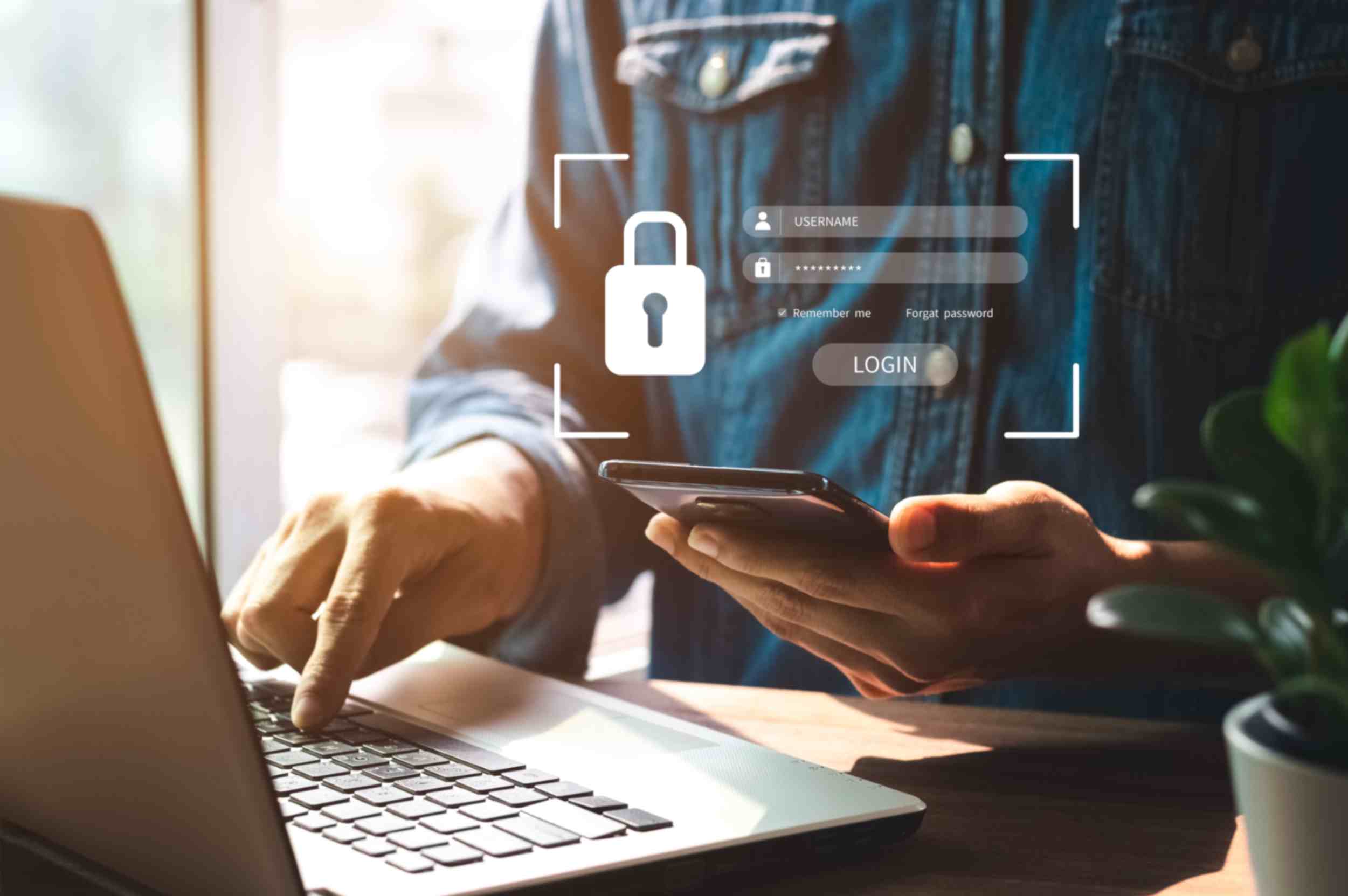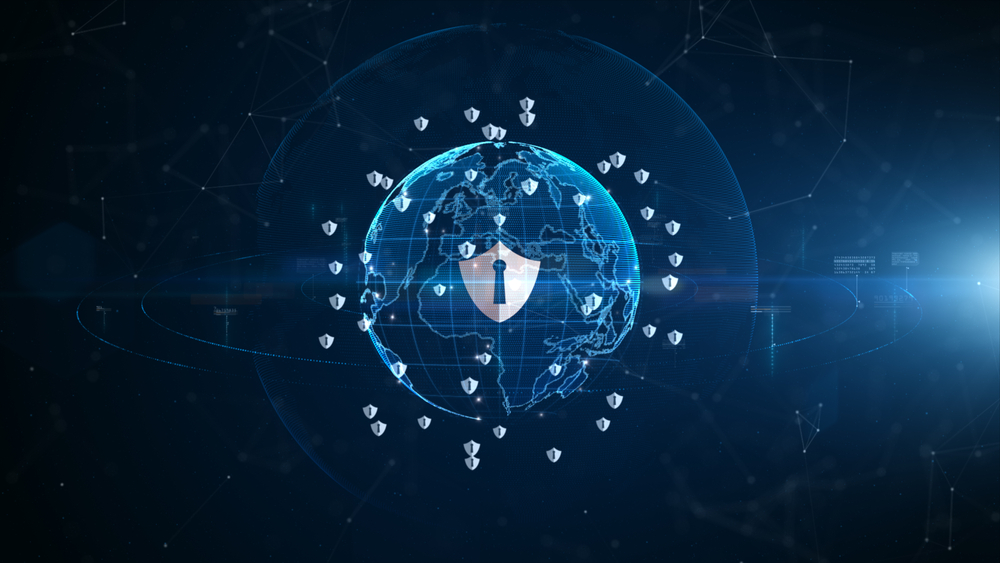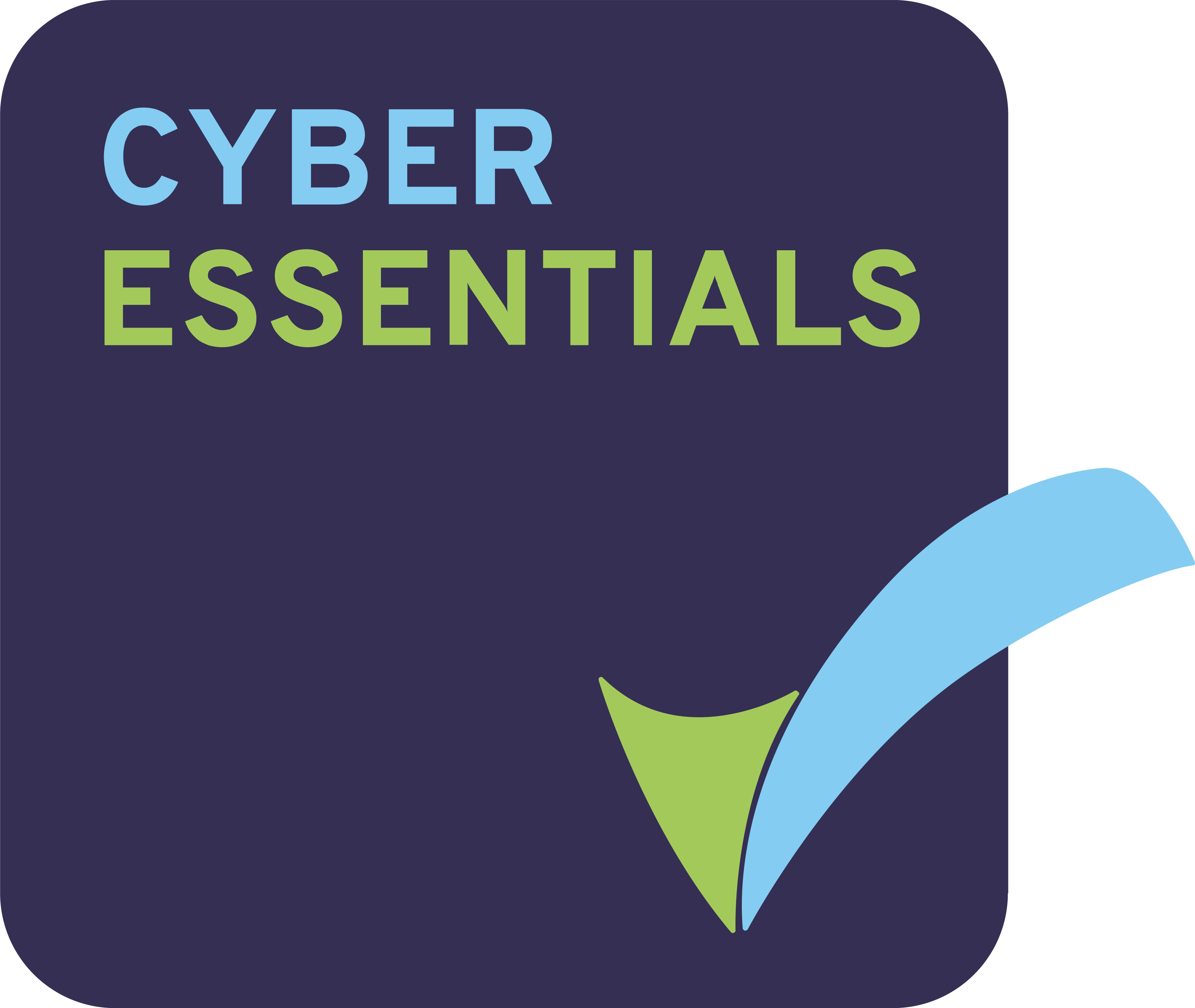The cyber-world is ripe with risks and threats to your business. Organisations go to great lengths and cost to prevent threats and attacks from becoming a security incident. So you must implement an effective cybersecurity strategy to reduce the likelihood of becoming the next cybercrime victim.
However, to determine the best plan for your organisation, you must start from the beginning. What does this mean? A significant first step is performing regular security audits and assessments before implementing a risk-prevention plan.
Start With a Security Risk Assessment
Internal security audits help companies keep their risk and compliance programs up-to-date and headed in the right direction, reducing the stress of formal audits. These assessments are necessary and effective in identifying and fixing issues within your company’s policies, procedures, standards, and guidelines. By reviewing your policies, procedures, and standards to identify weaknesses in cybersecurity regularly, your organisation will also be better prepared against potential threats. An effective security risk assessment can prevent breaches, reduce the impact of realised breaches, and keep your company’s name from appearing in the spotlight for all the wrong reasons.
Audits and Assessments Process
There are many ways to perform IT security risk assessments, and the results can vary widely depending on your method. However, they all mostly follow the same formula:
Identify and Record Asset Vulnerabilities. The first thing you should do is identify all risks that could affect your business or industry. This requires knowledge of the laws and regulations that apply to your business. It would be best if you also understood the technologies and business processes involved in your industry, and the compliance risks each represents. By doing this, you can comprehend your organisation’s range of risks. This will also help you assess the likelihood of an attack, the reason behind it, and the possible level of impact. Then, you will need to document and track all these vulnerabilities.
Identify and Record Both Internal and External Threats. Hundreds of possible cyber threats can affect your cybersecurity at any given moment. So it’s essential to identify which threats are most likely to affect your company and industry, including internal and external threats. Once you’ve identified these threats, you should record and track them.
Obtain Vulnerability and Threat Information from External Sources. You should acquire as much information regarding threats and vulnerability from as many sources as possible, including any outside sources available. Outside sources can give you additional insight and information you might not be aware of from your internal resources. In addition, by understanding the vulnerabilities and threats similar organisations in your industry are facing, you can improve your ability to combat them.
Determine Potential Impacts on Business. Determining the likelihood of each threat and the potential impact it could have on your corporation or enterprise is time-consuming but necessary. You can do this by studying the number of realised attacks and the degree of impact each attack has had or could have. Then, you can focus your resources accordingly by tracking how often each type of threat occurs and its impact.
Review Threats, Vulnerabilities, Likelihoods and Impacts to Identify Enterprise Risk. As with any threat, you must determine your enterprise’s risk level. To do this, you must review all the identified threats and vulnerabilities, the likelihood of each, and the impact it would have. Next, you must develop and implement a strategy and process to prepare your enterprise against the hazards and risks identified, including those that could impede your company’s progress (i.e., not having full management support). Each aspect is an important part of your security audits and risk assessments.
Pinpoint and Prioritize Risk Responses. The final step is to identify the different ways to respond to risks and then prioritise the best methods for your specific organisation and industry. Because you will most likely have several response options available, it’s crucial to pinpoint the best way to proceed if you experience a cyberattack or become the victim of a cybercrime. In addition, focusing on the threats that are more likely to affect your comapny and your vertical will provide a clear path forward and assist in your risk prioritisation.
The Security You Need
Although the threat of cyber-attacks will never disappear, that doesn’t mean you have to live in fear. There are effective ways to keep your enterprise, its people, and data safe. By identifying and documenting vulnerabilities with regular security audits and assessments and identifying risks and likelihoods, you will be ahead of the game in protecting yourself from cyber-attacks.
Talk to us about how we can help you protect your sensitive data and optimise vulnerability assessment and management and improve your security risk posture.

 Australia
Australia Canada
Canada New Zealand
New Zealand UAE
UAE United States
United States








